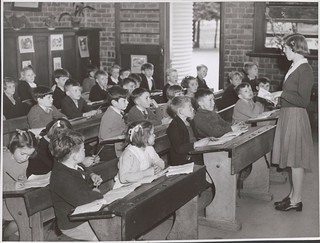Bringing play into the classroom, especially for mathematics, is a passion of mine. Too many times in primary I remember copying sums off a blackboard or using maths textbooks to answer questions. In my eyes this is the most unstimulating way to teach a child. I don’t think that there is anything wrong with copying sums off a blackboard or even using a text book but we HAVE to mix things up. To do this you need to have a Multiple Perspective. This is one of Liping Ma’s (1999, pg 122) four properties meaning teachers need to teach the topic from multiple perspectives.
Jean Piaget a theorist believed that children can benefit from their learning best when they interact with the subject in an active way. This way children get the experience to become hands on and explore. Bird (1991, pg. 3) agrees as she encourages that children “calculate, record, order, search, compare” which are all typical mathematical features, that should be produced an active way. It enables them to experiment as they have the ownership and control of their own learning.
I experienced the advantages of this first hand when I was in placement in first year. I remember the children were learning their times tables, however they were given the questions out of a textbook. It soon came to my attention that as the multiplication became harder the children would lose interest. I decided to use a lesson plan we had learned in a lecture to see if it would work. I wrote down sums on the inside of a folded piece on paper. Each piece of paper would be placed around the room. I then wrote the answers on the outside of the folded sums. This meant that when a child had answered a question they would look for the answer then open it up to see what the next question was. This created almost like a maze that the children had to follow. They were also put in pairs so that the children were motivated to work as a team to reach the finish line. After the game, I received feedback from the children that proved they had fun whilst learning. Every child had also completed the question trail, proving it was a success. This promoted social learning as well as learning their maths in an active way.
When thinking back to when I was at primary I don’t remember a lot about maths lessons that I received. Despite this, the ones I do remember, are the ones where I got to make a connection with what I was learning. It was a lesson based on weight, where we were allowed to explore the outdoors. We were asked to find three objects that we would later bring to the classroom to weigh. We would then list the weights of our objects and compare them from the heaviest to the lightest. What would usually take me a couple of lessons to understand, from this I understood first time. I feel my fundamental knowledge of this subject area was created through the stimulating play and the encouragement to interact by exploration of my own interests. Therefore, I feel we need to do the same for children so that they view maths as a fun curricular area that they will take great interest in.
Bird, M. (1991). Mathematics for Young Children. New York: Routledge.
Liping, M. (1999). Knowing and Teaching Elementary Mathematics. New Jersey: Lawrence Erlbaum Associates.








